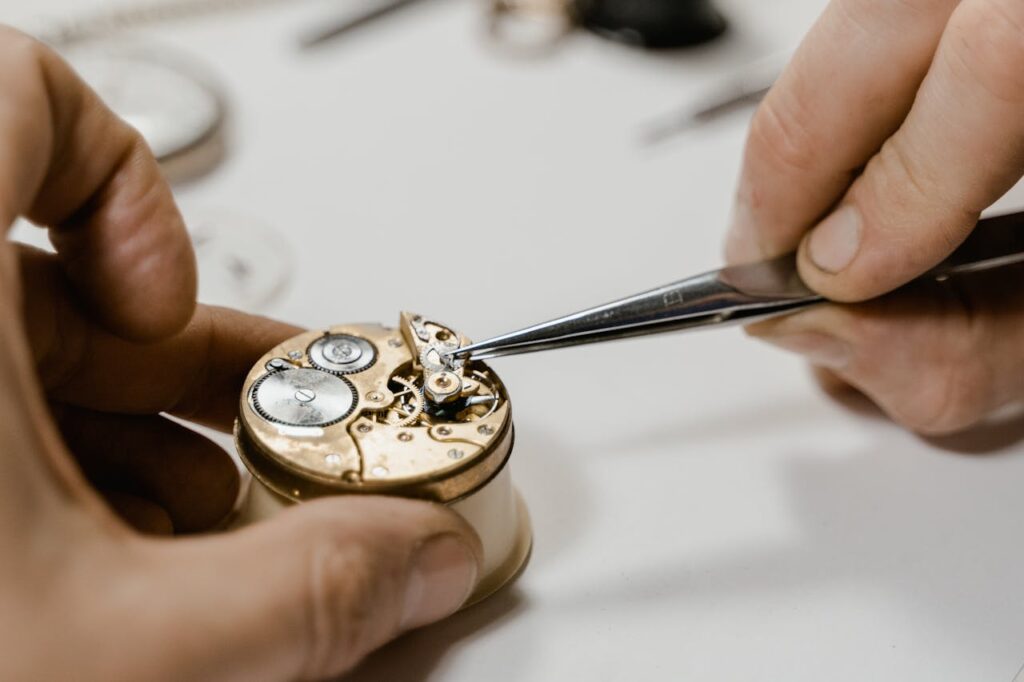Automatic watches
Discover the amazing world of automatic watches. Design and precision, right in your wrist.
Automatic watches are not just devices for measuring time; they are masterpieces of engineering. In this article, we will explore what makes automatic watches so special, from their history to their operation.
A Glimpse into History
The origin of automatic watches dates back to the 18th century when Swiss watchmaker Abraham-Louis Perrelet invented the first pocket watch with automatic movement in 1770. However, it was in the 20th century that automatic watches began to gain popularity thanks to improvements in precision and durability.
How They Work
Unlike quartz watches, which run on batteries, automatic watches use the movement of the wearer’s arm to keep the watch running. Inside the watch, a rotating rotor is connected to a series of gears that store energy in a mainspring. As you move, the rotor also moves, keeping the spring wound and the watch running. This means that, as long as you wear your automatic watch regularly, you won’t need to wind it manually.
Automatic watches are designed to last for generations. With proper maintenance, they can be passed down from generation to generation.
Benefits of Automatic Watches
Durability and Longevity: Automatic watches, especially those made by renowned brands, are designed to last for generations. With proper maintenance, they can be passed down from generation to generation.
Intricate Engineering: The complexity of an automatic watch is fascinating. Every component, from the gears to the rotor, is precisely designed to run smoothly.
No Need for Batteries: By not relying on batteries, automatic watches are more eco-friendly and require less maintenance in terms of component replacement.


